Height and Spread
- The height and spread of plant vary with environmental features and space available for growth. In open space, the plant may grow up to a height and spread around 25 inches.
- The root system of the ferns is in the form of underground rhizomes.
Leaves
- The leaves are around 6 inches long and 3 inches wide.
Toxicity
Ferns are usually non-toxic for your kids and pets. However, ingestion of house plants is not healthy for the babies. Thus, we always advise keeping an eye on kids and pets to avoid any health risks.
Growth Rate
The plant is a medium to fast grower.
Uses
- The Sword Brake Fern is widely cultivated as an ornamental plant for both indoor and outdoor cultivation.
- Additionally, it is a common ingredient in the local ancient drink in Taiwan.
Water Requirements
The basic part of Silver Lace Fern Plant Care is maintaining appropriate moisture of the soil. You need to keep the soil at least 70 % moist, but not soggy at all. Water the soil generously, until the water comes out of the drainage holes. You can estimate a schedule to water about thrice a week in summer. Moreover, once or twice a week will be enough in winter.
It is important to avoid over-watering. As any standing water at the pot base will lead to fungus and root rot.
Sunlight Requirement
Bright to medium indirect sunlight is optimum for the plant. Avoid keeping your Fern in direct sunlight especially in the peak hours. This will save the delicate fronds from scorching out.
Artificial LED light is suitable enough to fulfil the light requirements of a Silver lace Fern Indoors. Thus, you can easily maintain the plant in vivariums, terrariums and places with no sunlight exposure. Importantly, if you are using strong LED light, avoid keeping the plant in a window or in direct sunlight exposure.
Temperature Requirements
The ideal temperature for the Lace Fern ranges between 60 to 75 °F. These plants can’t bear cold and frost. Thus, any temperature below 55 °F will result in stagnant growth of the plant. Moreover, keep the plant away from the drafts and direct pressure of devices like air conditioners and fans.
Soil Requirements
A well-drained soil with a PH range 5.6 to 7 will do well along with your fern plant. You can also a good quality potting mixture easily available in the market. Do you want a homemade growing medium? Consider using a balanced mixture of peat-based soil and perlite.
Humidity Requirement
Being the natives of tropical regions, Ferns usually love humidity. The P. ensiformis do well in 70 to 80% humidity. In dry weather, you can adjust the moisture by frequent mild misting. Moreover, you can also place a humidifier in the room or put a pebble-water tray under the pot.
Fronds are getting dry with the browning of margins is a possible sign of inadequate humidity. Start misting immediately and add a pebble-water tray or a humidifier.
Fertilizer Requirement
The Ensiformis Fern can do well without fertilizer. However, any additional nutrients in warm days will result in healthy foliage and enhanced growth. You can use a good quality house plant fertilizer preferably in liquid form and half of the stated dose. An ideal fertilizing frequency is once a month in spring and summer. Howbeit, the plant growth slows down in the colder days. Thus, it doesn’t need any additional feed in fall and winter.
Importantly, dry soil is not suitable for fertilizer. The reason being it causes the formation of crystals on the soil. Thus, make sure you always use fertilizer on damp soil.

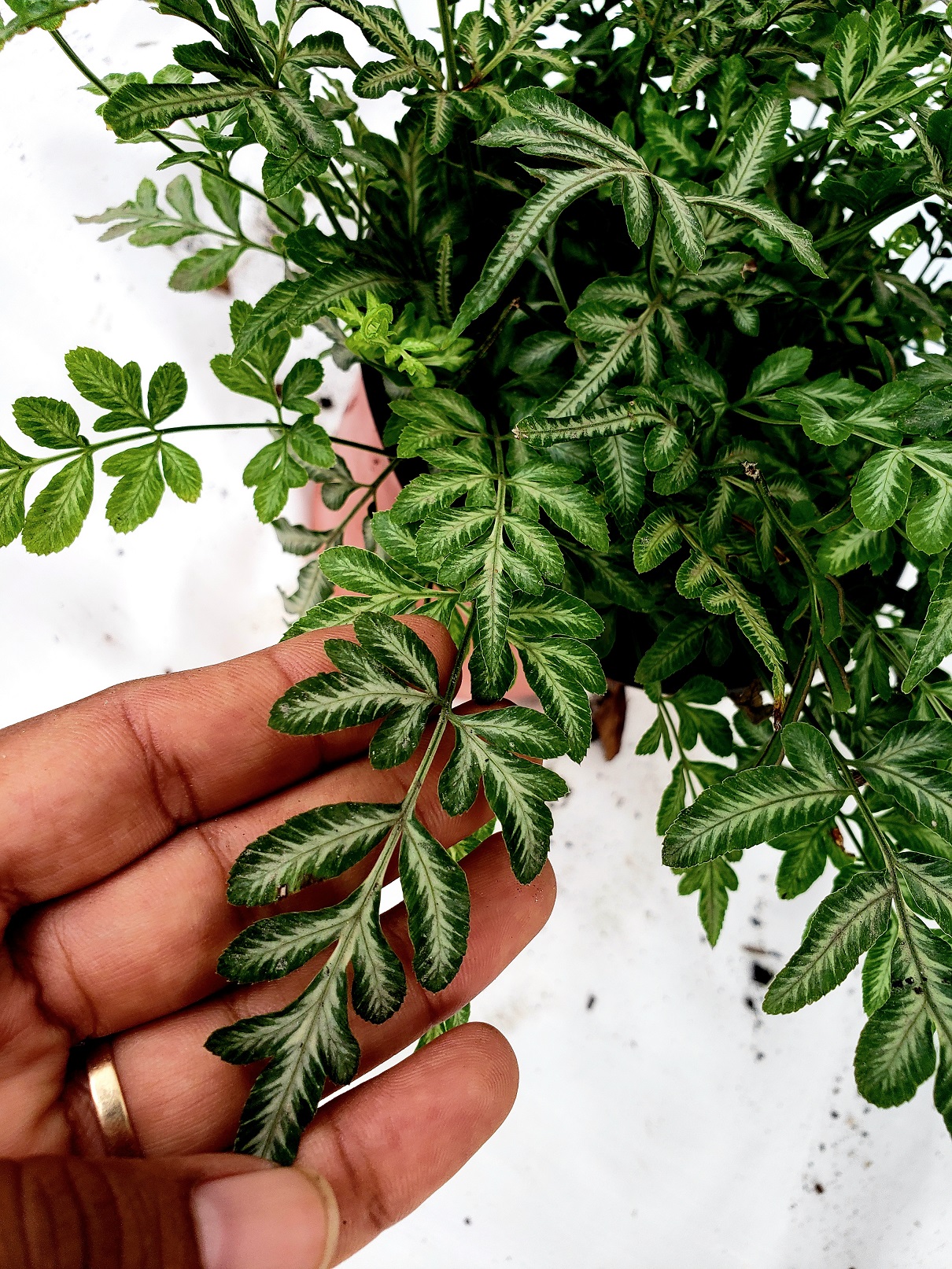
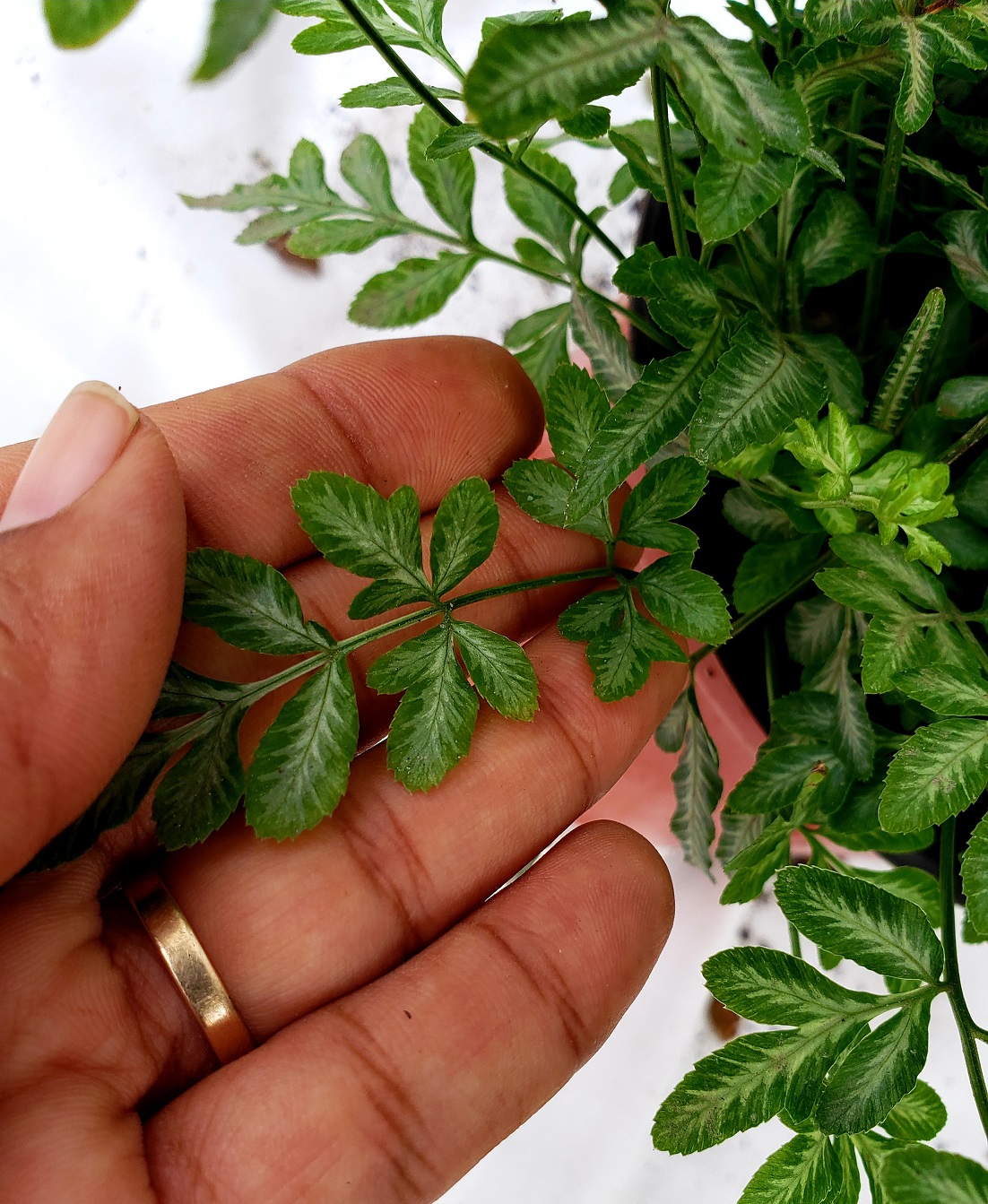
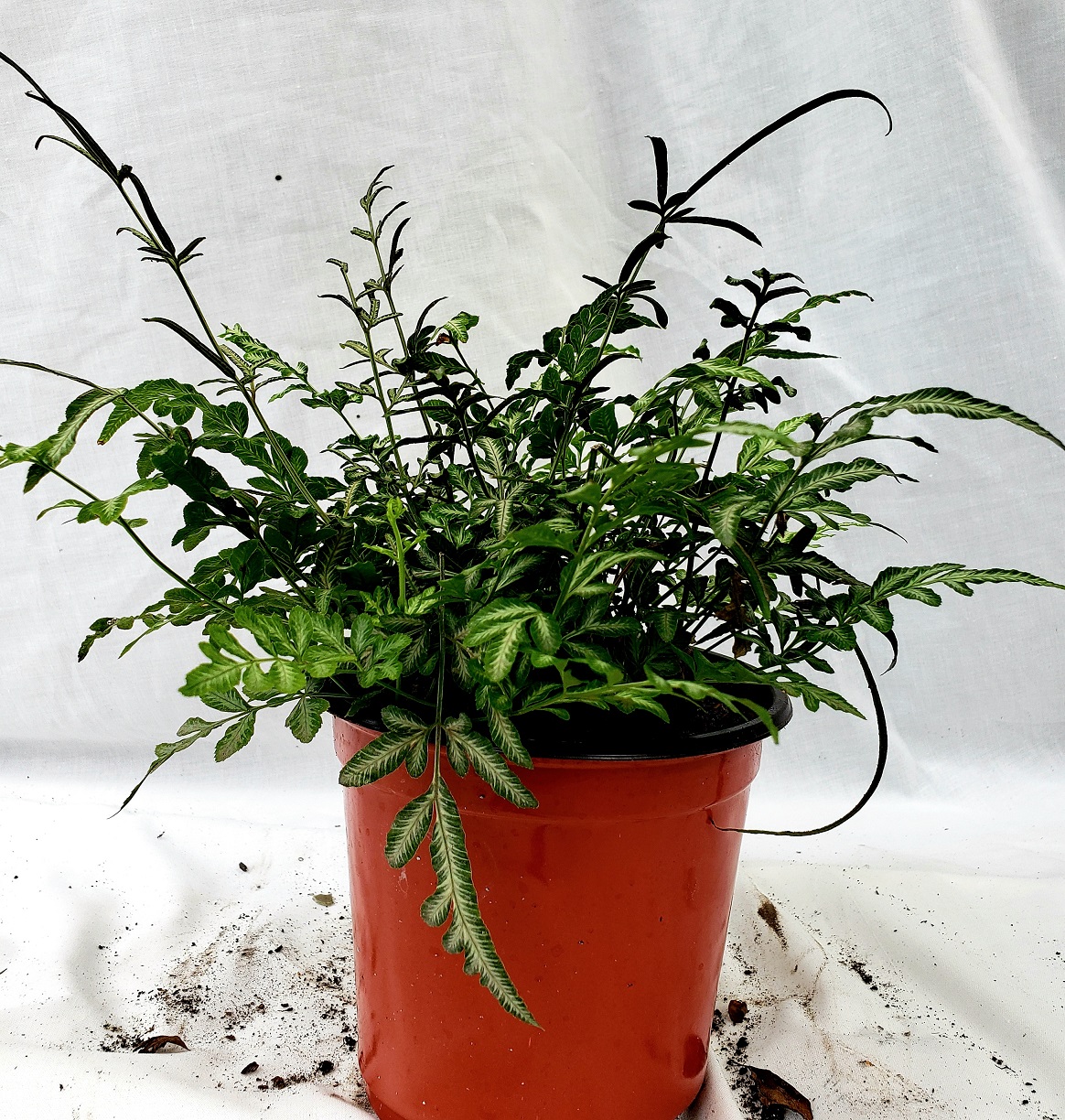
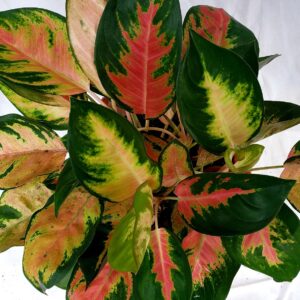
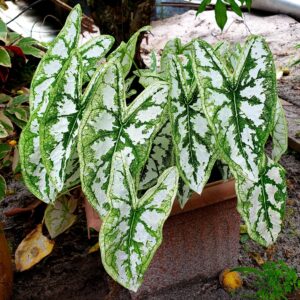
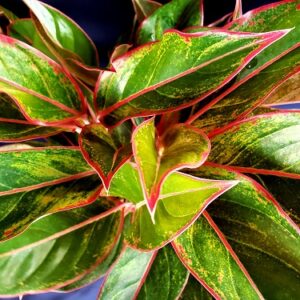
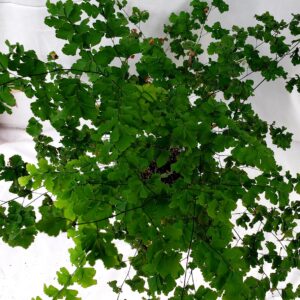
Reviews
There are no reviews yet.